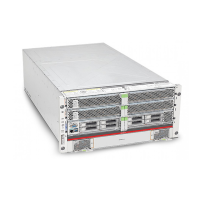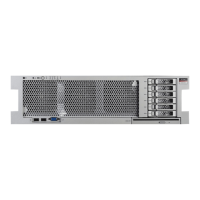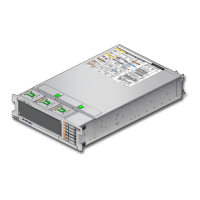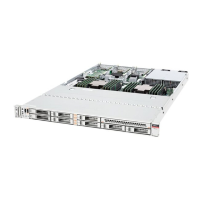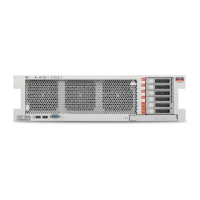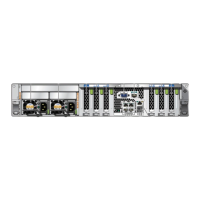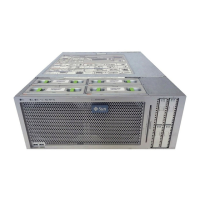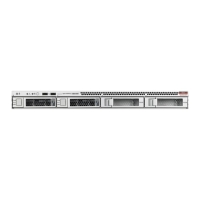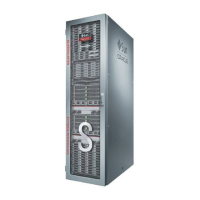Ensure that each device in the SCSI chain has a unique SCSI address.
To avoid SCSI-chain conicts, the following steps instruct you to reserve SCSI address 7 for one
host adapter in the SCSI chain and change the other host adapter's global scsi-initiator-id
to an available SCSI address. Then the steps instruct you to change the scsi-initiator-id for
local devices back to 7.
Note – A slot in the storage array might not be in use. However, do not set the
scsi-initiator-id to a SCSI address for that disk slot. This precaution minimizes future
complications if you install additional disk drives.
a. If necessary, power on the storage devices.
Note – If necessary, halt the nodes so that you can perform OpenBoot PROM (OBP) Monitor
tasks at the ok prompt.
For the procedure about powering on a storage device, see the service manual that shipped
with your storage device.
b. If necessary, power on a node, but do not allow it to boot. If necessary, halt the system to
continue with OBP Monitor tasks.
c. Set the scsi-initiator-id for one node to 6.
{1} ok setenv scsi-initiator-id 6
scsi-initiator-id = 6
d. Find the paths to the host adapters that connect to the local disk drives.
{0} ok show-disks
Use this information to change the SCSI addresses in the nvramrc script. Do not include the
/sd directories in the device paths.
e. Edit the nvramrc script to set the scsi-initiator-id for the local devices on the rst node
to 7.
For a full list of commands, see the
OpenBoot 2.x Command Reference Manual.
Caution – Insert exactly one space after the rst double quote and before
scsi-initiator-id.
{0} ok nvedit
0: probe-all
1: cd /pci@1f,4000/scsi@2
2: 7 encode-int " scsi-initiator-id" property
3: device-end
4: cd /pci@1f,4000/scsi@3
3
Installing Storage Arrays
Chapter 1 • Installing and Maintaining a SCSI RAID Storage Device 13
